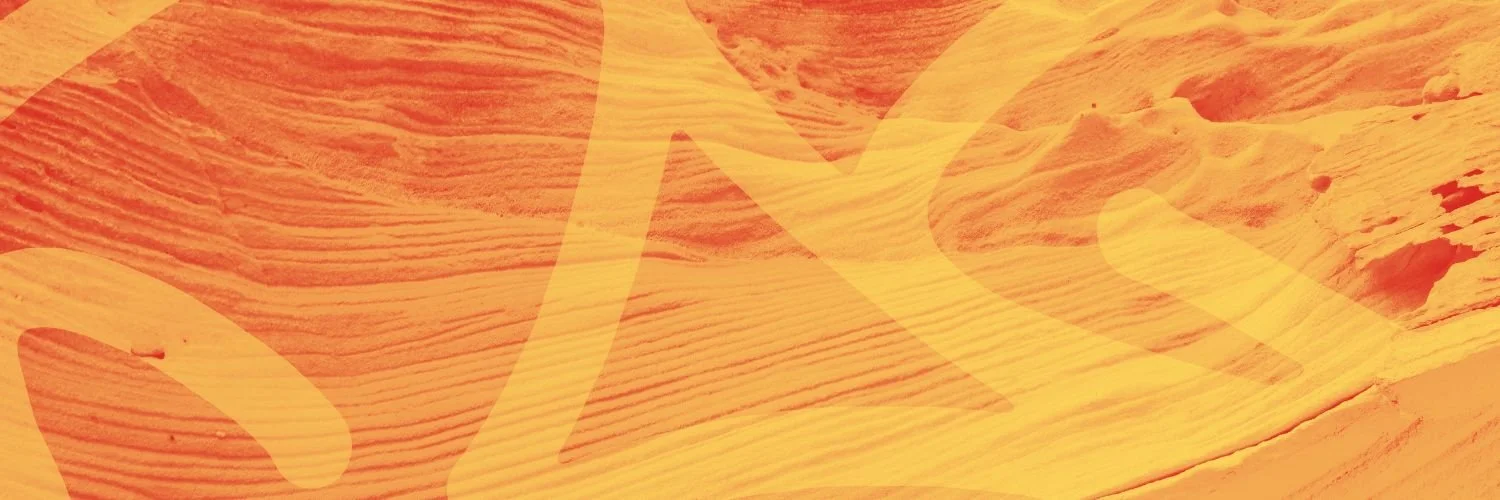Image: Shane Cook, Landscape Scars, 2025, courtesy of the artist
October 17 - November 28, 2025
Opening event: Friday, October 31, 5:30-7:30pm
Gallery I, 154 Angas St, Kaurna Yarta
Free entry, all welcome
-
You can find Shane’s exhibition in The Mill’s Gallery I, located at 154 Angas St, Kaurna Yarta (Adelaide).
Gallery I is open Monday-Friday, 10am-4pm.
Accessibility
The Mill’s entrance has a small step into the building. We have a ramp available, please ring the doorbell and our friendly team will assist you.
During gallery hours, our entrance will be unlocked. If the door is closed, please ring the doorbell to alert our team.
The Mill has concrete flooring throughout with no internal steps and a disability toilet on site.
Read more in-depth information on our accessibility web page.The Mill has concrete flooring throughout with no internal steps and a disability toilet on site.
Read more in-depth information on our accessibility web page.
For Tarnanthi 2025 we are excited to present Which Way Next Here a new collection of photography by Wulli Wulli and Koa (Guwa) artist Shane Cook. The exhibition invites you to slow down, and take a moment to connect with Shane’s storytelling - a visual narrative through mark making, and connection to Country.
Shane has been mentored by artist, arts worker, community facilitator and advocate Jo-Anne Driessens, (Guwa Koa, Gungarri, Kuku Yalanji) through the support of the Guildhouse Catapult + Tarnanthi mentorship. We are thrilled to have collaborative works by both Shane and Jo-Anne in the exhibition, layering images of Guwa Koa Country with Shane’s signature graphic elements. With a background in street art and tattoo, Shane brings a unique approach to the work. Bold colours and complex textures meet with mark making that reference movement, body and connection.
At the heart of this exhibition is Shane’s connection with the landscapes of his ancestors, and contemporary connection with family and Country. His journey as an artist reflects the time he has invested in collecting archival materials, and in conversation and exchange. All of this has laid the groundwork for him to be present and intuitive when on Country and in the studio. The resulting images are powerful statements of grounding and openness.
-
Inspired by both street and country environments, nature and urban landscapes, his people and his lived experience. Shane Cook is a proud Wulli Wulli and Koa (Guwa) man with many family connections throughout Queensland.
Shane was born on Kaurna Yerta (Kaurna Country/Adelaide). He has successfully followed in the footsteps, of many ancestors who were also artists and retraced family bloodlines that were lost for many years due to colonisation.
Shane’s practice as an artist began from a young age learning to paint from his mother, his interests then developed further into graffiti culture, murals and tattooing as he got older. These art movements are hugely prominent in Shane’s unique contemporary style he has developed which has led him to become a nationally recognised artist.
Shane was named Mankitya which translates to ‘the scarred one’ by his Kaurna family and Elders.
-
Grounded in storytelling; stories carried through generations, through movement, image, and connection.
Over the past few years, that journey has brought me home: back to Country, back to family, and back to myself. This return has reshaped my practice, deepening the way I create and listen. What began as collecting family stories, photographs and journals has evolved into a process of healing, reconnection and truth-telling, allowing Country to inspire and evolve my practice.
Through my mentorship with Aunty Jo-Anne Driessens, I’ve been learning to slow down and focus in. Her guidance reminds me that the camera is not just a tool of capture, but a "vessel for memory" a way to preserve the visual story of who we are and where we come from. Our conversations have become exchanges between generations of artists: sharing knowledge, stories of collecting archives, and ensuring our families’ histories are honoured and protected.
Time on many different Countries has taught me to separate what is personal from what is to share. I’ve learned to trust instinct, to sit still, and to recognise that creativity flows best when I’m present and open to the lessons Country wants to teach.
This next chapter, beginning with Tarnanthi 2025, represents more than an exhibition, it’s the continuation of a journey of reconnection. Acknowledging our ancestors and the landscapes that call us home, and the ongoing responsibility we have as contemporary First Nations artists to create with respect and truth. From here, the journey starts guided by Country and community.
This exhibition has support from
Shane received support from Guildhouse’s Catapult + Tarnanthi Mentorship










